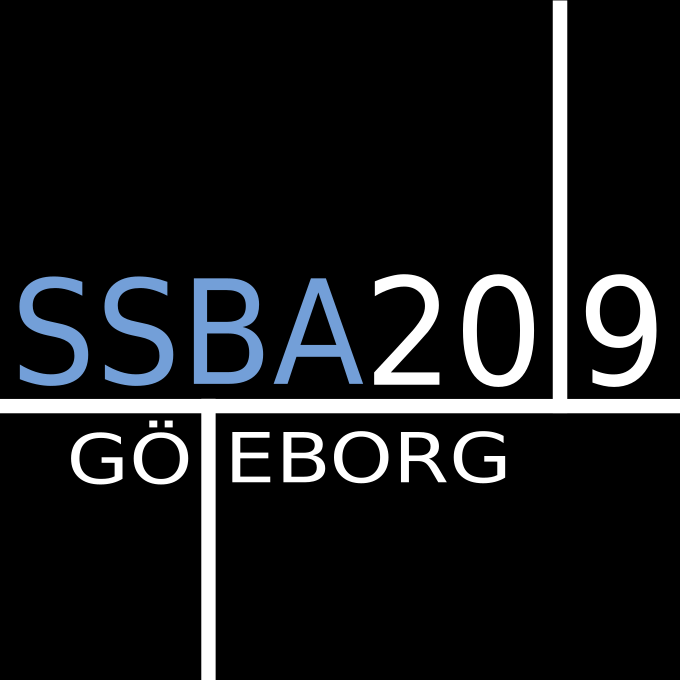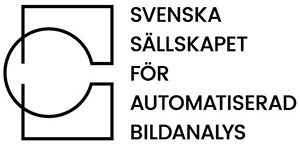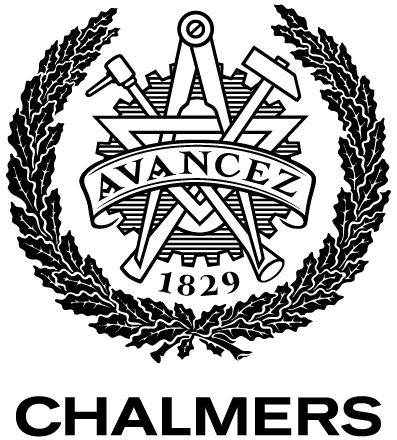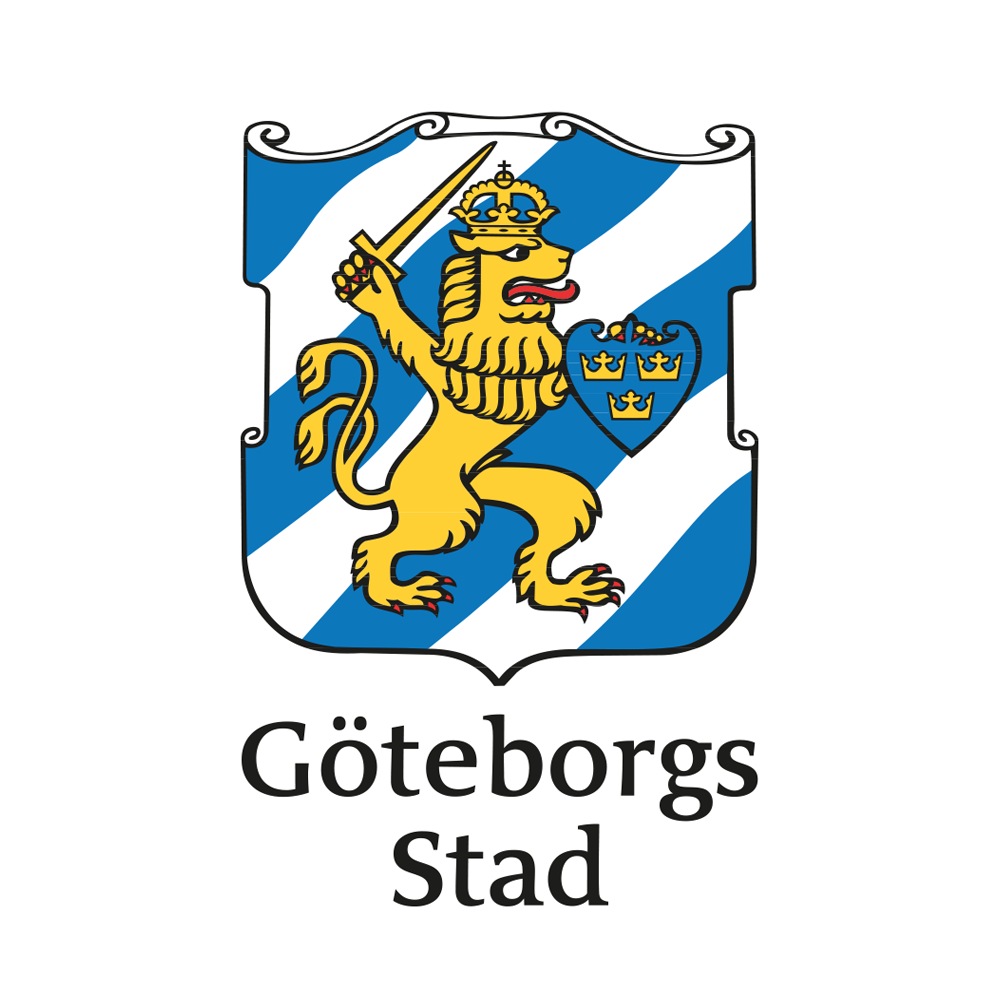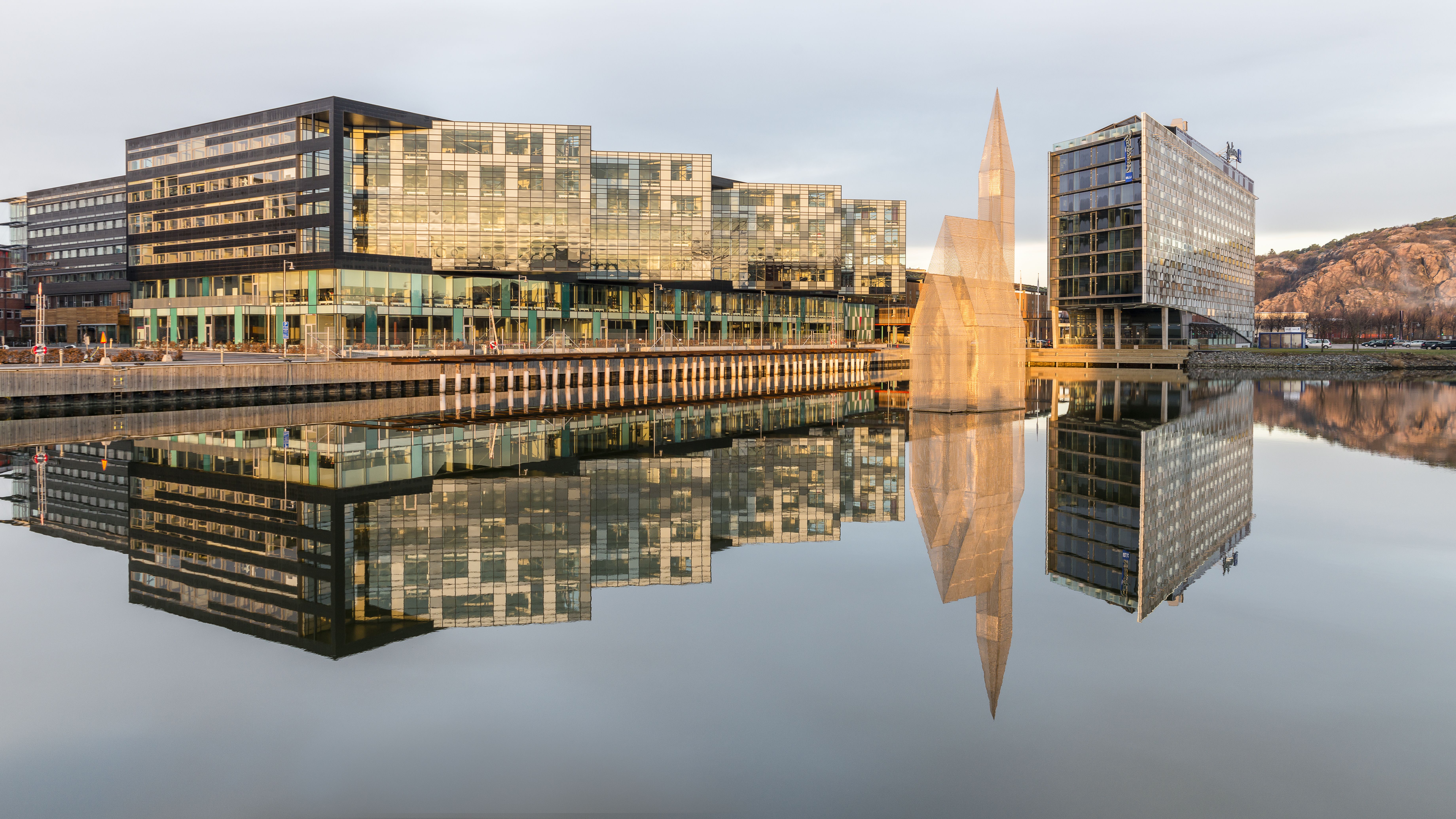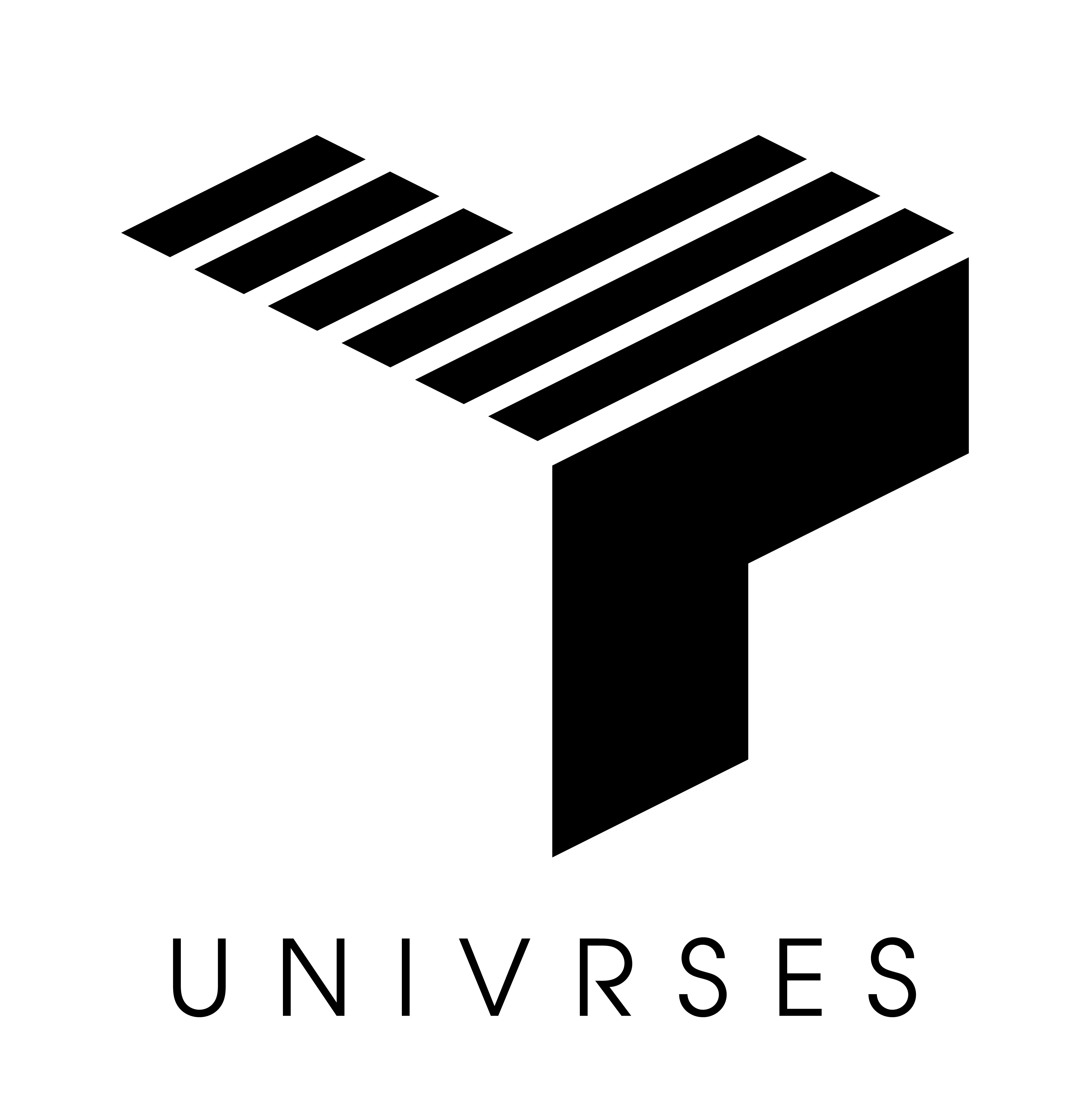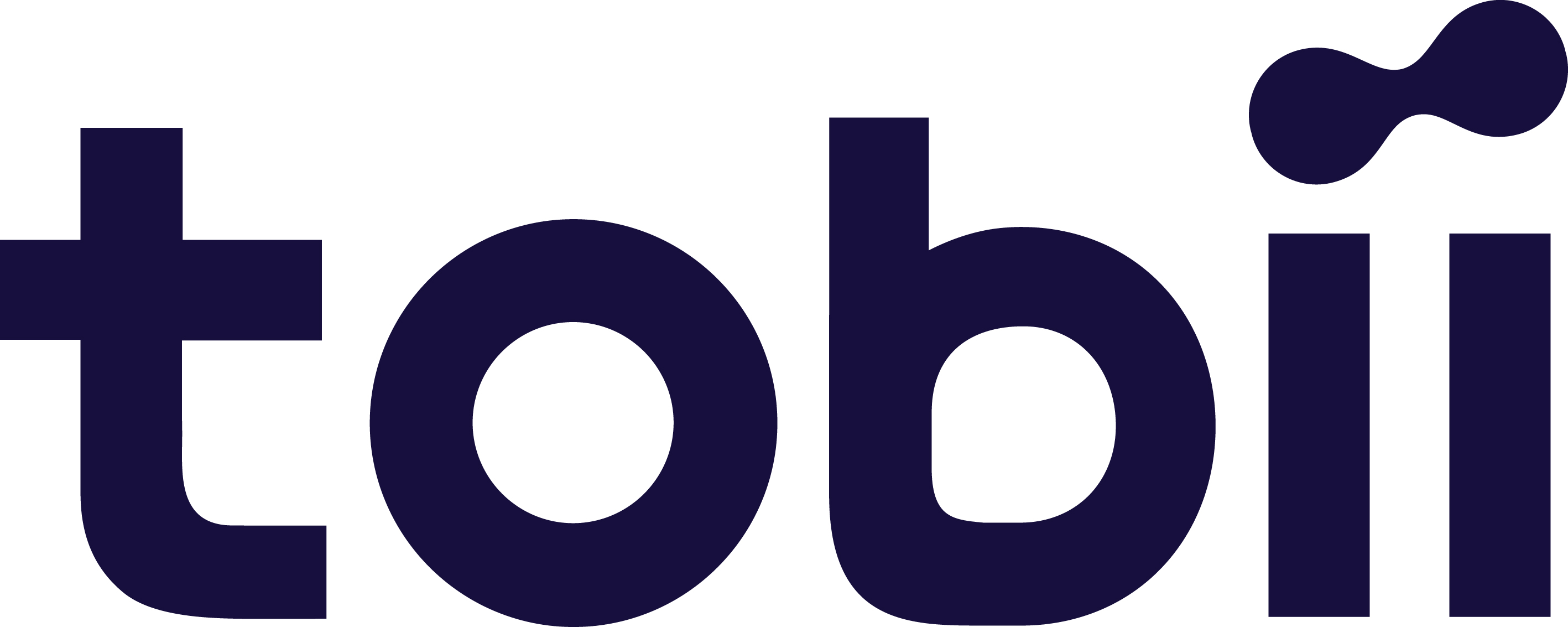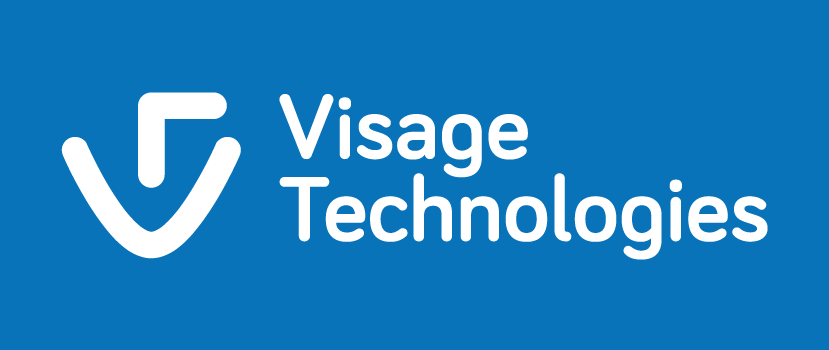Welcome to the 37th Annual Swedish Symposium on Image Analysis!
The SSBA symposium is the premier Swedish event for researchers, industrial professionals and students to meet and learn about the latest developments in the areas of image processing, computer vision, pattern recognition and related fields.
This year SSBA will be held at Lindholmen Conference Center, Göteborg, on March 19-20.
It will be organized by the Computer vision group at Chalmers University of Technology, and Swedish Society for Automated Image Analysis (SSBA).
| Deadlines | |
|---|---|
| Early bird registration deadline | February 25, 2019 |
| Registration deadline for conference dinner | February 25, 2019 |
| Registration deadline for welcome reception | March 3, 2019 |
| Final registration deadline | March 8, 2019 |
| Paper submission deadline | February 28, 2019 |
| Conference dates | |
|---|---|
| PhD student day | March 18, 2019 |
| Welcome reception | March 18, 2019 |
| Conference dinner | March 19, 2019 |
| Symposium | March 19-20, 2019 |
Online registration is available at this link.
Important Note!
In order to secure a spot at both the welcome reception and the conference dinner, make sure to register by February 25!
Registration is open until the final deadline of March 8, but we can not guarantee a spot at the welcome reception / conference dinner unless you register by the specific deadlines for these events. See important dates above.
The registration fee is SEK 1800 + VAT for early-birds, and SEK 2300 + VAT for others.
The registration fee includes a one year membership in The Swedish Society for Automated Image Analysis (SSBA).
If you are facing any issues with registration, please contact: Lucas Brynte, brynte@chalmers.se
Submission deadline is February 28, 2019.
Submissions
We welcome four-page papers written in English.
We explicitly allow you to submit already published material, or to publish your submissions later elsewhere.
Submission format
Papers should be prepared using LaTeX. Download the LaTeX template here.
Do not change margins, spacing or font sizes, and do not append headers, footers or numbering.
Use pdflatex to create the PDF file directly from LaTeX.
Do not use the hyperref package in LaTeX.
Each paper must be submitted as a PDF file and must not exceed 4 pages.
The name of the PDF file should be in the format FamilynameGivenname.pdf, where Givenname and Familyname are the given and family name of the first author.
How to submit
Submit via email to submission2019@ssba.org.se.
The submitted papers will be listed on this website.
If your submission is based on a paper that is currently under review, make sure to use a different title to preserve anonymity.
General Information
All scientific sessions and the annual SSBA meeting will be in Lindholmen Conference Hall.Paper presentations are 20 minutes including questions.
Sponsor presentations are 15 minutes including questions.
Presenters should use their own computers (mac users need to bring their own adapters).
In order to avoid delays, please test the computer works with the projector system before the session.
Monday 18/3
10:00 PhD Student Day. Chalmerska huset.
19:00 Welcome Reception. Chalmerska huset.
Tuesday 19/3
9:00 Welcome Address.
9:10 Keynote 1. Chair: Fredrik Kahl.
Image Segmentation Without Full SupervisionProf. Yuri Boykov
University of Waterloo
10:00 Break.
10:30 Session 1. Chair: Johan Öfverstedt.
Patrik Persson, Kalle Åström
Centre form Matematical Sciences, Lund University.
Erik Bylow, Carl Olsson, Fredrik Kahl, Robert Maier
Centre for Mathematical Sciences, Lund University, Electrical Engineering, Chalmers University of Technology, Technical University Munich, Germany.
Philip Engström
National Forensic Centre – NFC, Sweden.
Univrses: Building the Autonomous Future
Alessandro Pieropan
11:45 Lunch.
12:45 Session 2. Chair: Elisabeth Wetzer.
Xuan Gu, Hans Knutsson, Markus Nilsson and Anders Eklund
Division of Medical Informatics, Department of Biomedical Engineering, Center for Medical Image Science and Visualization (CMIV), Division of Statistics and Machine learning, Department of Computer and Information Science, Linköping University. Department of Clinical Sciences, Radiology, Lund University.
Kevin Hernandez-Diaz, Fernando Alonso-Fernandez and Josef Bigun
Halmstad University.
David Abramian and Anders Eklund
Division of Medical Informatics, Department of Biomedical Engineering, Center for Medical Image Science and Visualization (CMIV), Division of Statistics and Machine Learning, Department of Computer and Information Science, Linköping University.
Tobii: Eye tracking algorithms: from development to research
Oscar Danielsson
14:00 Break.
14:15 Session 3. Chair: Nicolas Pielawski.
Johan Öfverstedt, Joakim Lindblad and Nataša Sladoje
Centre for Image Analysis, Department of Information Technology, Uppsala University, Mathematical Institute of the Serbian Academy of Sciences and Arts, Belgrade, Serbia.
Marcus Valtonen Örnhag, Carl Olsson and Anders Heyden
Centre for Mathematical Sciences, Lund University, Electrical Engineering, Chalmers Universiy of Technology.
Johan Öfverstedt, Joakim Lindblad and Nataša Sladoje
Centre for Image Analysis, Department of Information Technology, Uppsala University, Mathematical Institute of the Serbian Academy of Sciences and Arts, Belgrade, Serbia.
Kapsch TrafficCom: Vehicle Detection and Classification
Simon Ljungvall
15:30 Break.
15:45 Session 4. Chair: David Abramian.
Hanqing Zhang and Amin Allalou
SciLifeLab, Uppsala Univeristy.
Jo Gay, Hugo Harlin, Elisabeth Wetzer, Joakim Lindblad, and Nataša Sladoje
Centre for Image Analysis, Uppsala University.
Nicolas Pielawski and Carolina Wählby
Centre for Image Analysis, Uppsala University, BioImage Informatics Facility of SciLifeLab, Uppsala.
Irisity: Video analytics for security with integrity
Erik Landolsi
17:00 SSBA Annual Meeting.
19:00 Conference Dinner. River Restaurant.
Wednesday 20/3
9:00 Keynote 2. Chair: Torsten Sattler.
Spatial Perception for Mobile RobotsProf. Stefan Leutenegger
Imperial Collage London
9:50 Break.
10:20 Session 5. Chair: Kevin Hernandez-Diaz.
Martin Larsson, Viktor Larsson, Kalle Åström and Magnus Oskarsson
Centre for Mathematical Sciences, Lund University, Dept. of Computer Science, ETH Zurich.
Amanda Berg, Jörgen Ahlberg and Michael Felsberg
Termisk Systemteknik AB, Linköping, Sweden, Computer Vision Laboratory, Dept. EE, Linköping University.
Thomas Svensson, David Gustavsson and Niclas Wadströmer
FOI Swedish defency research agency, Linköping.
Unibap: Optimized Smart Factory Production with Digitized Quality Assurance
Oskar Flordal
11:35 Lunch.
13:00 Session 6. Chair: Marcus Valtonen-Örnhag.
Viktor Andersson and Anna Hjelmberg
Combitech, Sweden.
K. Batstone, G. Flood, T. Beleyur, V. Larsson, H. R. Goerlitz, M. Oskarsson and K. Åström
Centre for Mathematical Sciences, Lund University, Acoustic and Functional Ecology, Max Planck Inst. for Ornithology, Seewiesen, Germany, Dept. of Computer Science, ETH Zurich, Switzerland
Eskil Jörgensen, Christopher Zach and Fredrik Kahl
Zenuity AB, Chalmers University of Technology
Viscando: Intelligent intersections, autonomous vehicles and vulnerable road users
Amritpal Singh
14:15 Break.
14:30 Session 7. Chair: Eskil Jörgensen
Jennifer Alvén, Kerstin Heurling, Michael Schöll, Oskar Hansson and Fredrik Kahl
Chalmers University of Technology, Sahlgrenska Academy, University of Gothenburg, Clinical Memory Research Unit, Lund University.
Carl Olsson and Viktor Larsson
Electrical Engineering, Chalmers University of Technology, Centre for Mathemical Sciences, Lund University, Eidgenössische Technische Hochschule Zürich.
Gabrielle Flood, David Gillsjö, Anders Heyden and Kalle Åström
Centre for Mathematical Sciences, Lund University.
15:30 End of symposium
Keynote speakers
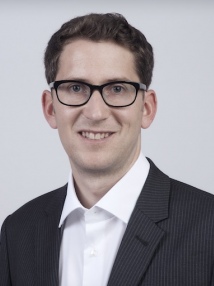
- Stefan Leutenegger
- Imperial College London, UK
- Title: Spatial Perception for Mobile Robots
- Robustness and accuracy of real-time localisation and mapping systems have dramatically improved recently, thanks to advances in processing hardware and commoditisation of sensors such as RGB-D cameras and inertial measurement units.
- Stefan has been working on related algorithms and their software implementations, with a more recent focus on bringing together dense geometry and semantic, object-level scene understanding.
- The aim of these recent works is to bridge the sense-AI-gap and empower the next generation of mobile robots that need to plan and execute complex tasks in potentially cluttered, and dynamic environments, possibly in proximity of people. Example applications to be shown include inspection and autonomous construction with drones.
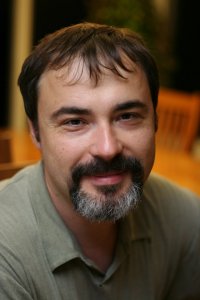
- Yuri Boykov
- The University of Waterloo, Canada
- Title: Image Segmentation without Full Supervision
- Segmentation of images is a part of many shallow and deep methods in computer vision and biomedical image analysis ("shallow" = "no neural network"). In the simplest linearly separable case, segmentation can be done by thresholding intensities or colors. For more realistic images, one can train a neural network to learn linearly separable features using a large database of pixel-precise image annotations (full supervision). In practical applications, however, whole image pixel-accurate annotations could be expensive or even impossible, e.g. for video or medical volumes. Networks are also prone to overfitting; it is an open question if networks learn structural or geometric properties of objects, rather than their texture. This talk reviews standard and more recent regularized energies/losses that can represent prior knowledge on shape, geometry, topology, or structure of segmented objects compensating for data ambiguities or lack of supervision. While most regularizers and their optimization methods were first developed for unsupervised and weakly-supervised "shallow" segmentation, we also show how these can be directly useful in "deep" settings, e.g. for semantic CNN segmentation, particularly when full supervision is impossible.
Public Transportation
All of the venues are easily accessible through public transportation. For travel planning, search on the Västtrafik web page, or via the app. The most convenient way to pay is probably through the Västtrafik To Go app.
Chalmersska Huset
The building is 200 years old, and formerly the residence of William Chalmers, (Chalmers University founder). During the years, it has also served as a bank, but was donated by SEB to the university in 2006. It is located at walking distance from Central Station (see Google Maps).
The welcome reception will be arranged by Gothenburg City, and held at Chalmersska huset. The PhD Student Day will also start out at Chalmersska Huset, followed by company visits during the afternoon.
River Restaurant
The conference dinner on Tuesday March 19 will take place at River Restaurant, which is located right in the Göta Älv river (see Google Maps). Public transportation connects the main conference site with the restaurant via Lindholmen & Eriksbergstorget (bus), or Lindholmspiren & Eriksbergs Färgeläge (boat).
Lindholmen Conference Centre
The rest of the conference will be held at Lindholmen Conference Centre on Hisingen, Göteborg (see Google Maps).
Public transportation:
- From central station: From "Nordstan" to "Lindholmen".
- From city center via boat: From "Stenpiren" to "Lindholmspiren".
The Conference Centre is located along Lindholmen's waterfront, at the centre of Lindholmen Science Park, an internationally renowned Science Park in the fields of intelligent transport systems, mobile internet and media. The area is continually growing, and hosts many companies within the automotive industry in particular. Both Zenuity and AI Innovation of Sweden have their premises there.
See the Lindholmen Conference Centre web page for more information about the conference venue.
Accomodation
If you are unsure where to stay, here are some suggestions:
- Radisson Blu Riverside, right next to the main conference venue and close to the conference dinner. About 15 min to city center with public transportation.
- Hotell Villan, right next to the conference dinner and close to the main conference venue. About 20 min to city center with public transportation.
- Hotel Riverton and Comfort are two options in the city center that are also close to the ferry which takes you to the main conference venue and conference dinner on the other side of the river.
Our sponsorship packages offer a unique opportunity to:
- Network with leading Swedish research groups
- Gain visibility before, during, and after the conference
- Meet and recruit undergraduate students, graduated or soon to graduate PhD students
Choose one of our sponsorship options:
A. Silver sponsorship, SEK 10,000
- Your company logo on the conference website
- Acknowledgement of your support during the conference
- Your company name mentioned in conference publications
B. Gold sponsorship, SEK 15,000
- All Silver sponsorship & Exhibitor benefits
- Distribution of short materials (brochure, bag items) that you provide in advance
- Guaranteed presentation spot in an Industrial session
- Your company rollup for display at the conference venue
- Free registration of 1 additional company representative
C. Exhibitor, SEK 10,000
- Demonstration & exhibition space for demonstrations and promotional material in the atrium of the conference venue
- Free registration of 1 company representative
For more information and booking, please contact:
Mikaela åhlén, ahlenmi@chalmers.se
Måns Larsson, mans.larsson@chalmers.se
Organizers
- General Chair
- Fredrik Kahl
- Program Chairs
- Carl Olsson
- Carl Toft
- Registration Chair
- Ann-Christine Lindbom
- Venue and Conference Dinner Chairs
- Jennifer Alvén
- Eskil Jörgensen
- Sponsorship Chairs
- Mikaela Åhlén
- Måns Larsson
- PhD Student Day Chairs
- Lucas Brynte
- José Iglesias
- Website Chairs
- Lucas Brynte
- Amir Shahroudy
Gold Sponsors
Unibap is a modern IT company at the forefront of innovative automation solutions on Earth and in space inspired by creating a better work environment and sustainability. Unibap digitizes industry's production and manufacturing by giving blind robots human abilities for quality assurance and automation. The background to Unibap is experience from many years of space exploration, of manufacturing rugged industrial computer solutions and robotics solutions. Unibap is continuously looking for talents in deep learning, computer vision and flexible automation.
Univrses is a 3D Computer Vision and Machine Learning company creating technologies to build the autonomous future. The Company is based in Stockholm, Sweden, but we work with clients in different industries all over the world.
We are developing a suite of products, called 3DAI Engine, that can be adapted and deployed in different applications where autonomy and automation is needed. We focus on mobile robotics and autonomous driving but have worked in other industries too. Our technical focus is in areas like 3D position, 3D mapping, 3D Localization, Spatial Deep Learning and Sensor Fusion.
Working at Tobii means being at the heart of innovation. You get to work on really cool projects with passionate, knowledgeable and big-hearted colleagues from all around the world. We use technology to bring a voice to people with speech impairments, to understand human behavior and to revolutionize the way we interact with technology.
Founded in 2001, Tobii is the world leader in Eye Tracking but we have only scratched the surface of the possibilities of Eye Tracking! Our headquarter is in Stockholm but we have 13 offices in Europe, North America and Asia where we work diligently to improve our Eye Tracking each and every day.
Visage Technologies AB is a private company creating computer vision software for face tracking and face analysis. The primary product is the multi-platform software development kit visage|SDK. Our technology features face and head tracking, including state-of-the-art face detection, eye tracking (gaze tracking), face analysis (gender, age and emotion estimation), face recognition, along with industry-beating support for all major platforms and embedded systems. A unique mix of research, knowledge, experience and cooperation, combined with consulting and custom development services help the clients make the most of this cutting-edge technology.
Viscando was established in 2012 with a firm belief that computer vision and machine learning will have an ever increasing role in the world we live in.
We base our innovative research and development on technology we have developed in-house. The flexibility of our platform is evident in successful applications, from automatic traffic monitoring to tracking of trees for a responsible forest management. Do you have passion for Computer Vision and/or Machine Learning and see challenges as a natural way to get ahead? We invite you to join us to innovate and improve!
Irisity develops video analytics security software with great respect for personal integrity and privacy. We focus on detecting suspicious activity rather than exposing personal identity, using features such as white-masking individuals.
Our software is packaged into complete SaaS platforms with global customers. We believe in collaboration and community, so our vision team also takes on other external projects, involving everything from automated waste sorting to autonomous drive, building on our in-house deep learning pipeline or developing customer-tailored solutions.
Kapsch TrafficCom, a company of the globally-operating Kapsch Group with over 7,000 employees, is a provider of intelligent transportation systems in the fields of tolling, traffic management, smart urban mobility, traffic safety and security, and connected vehicles.
As a one-stop solutions provider, Kapsch TrafficCom offers end-to-end solutions covering the entire value creation chain of its customers, from components and design to the implementation and operation of systems. The company is headquartered in Vienna and has subsidiaries and branches in more than 30 countries. In Sweden we are situated in Jönköping, and covering with our approximately 140 employees, customers around the globe.
Veoneer is the leading automotive machine vision supplier, providing mono, stereo, night vision and driver monitoring systems that support a range of 5-star global vehicle safety solutions for highly automated driving capabilities. Our vision sensors analyze and interpret the street scene even in complex scenarios.
We develop advanced algorithms in-house that power our world-class mono, stereo and night vision systems. Veoneer's pioneering work with camera-based vision systems gives the driver an additional pair of eyes, scanning the vehicle's surroundings for danger. Our in-house developed algorithms allow the cameras to "see" and track objects, warning the driver – and taking action – when the car is in danger of a collision.
Silver Sponsors
Axis is the market leader in network video, increasing the security of millions of people worldwide and helping to meet the growing need for a smarter, safer world. We have our HQ in Lund where focus lays on Research and Development with nearly a thousand engineers working together. We also have a satellite office in Linköping with focus on cloud development and global sales offices across the world.
At Axis, you get opportunities to work on exciting, prize-winning products, and innovative solutions that influence people's lives. Our unique culture advocates independent thinking. Everyone gets an opportunity to shine and there are many skilled colleagues to learn from and develop with.
Combitech is an independent technical consulting company and part of defence and security group Saab AB. One of Combitech's core competences is embedded systems where we offer solutions for such systems where a machine vision module is part of the overall system design.
These solutions are always grounded in customers' needs and we can draw from a wide range of computer vision and machine learning techniques. Our approach is to solve real and practical problems right here and right now, and to turn these solutions into viable applications for our customers.
For almost five decades, Elekta has been a leader in precision radiation medicine. Our nearly 4,000 employees worldwide are committed to ensuring everyone in the world with cancer has access to – and benefits from – more precise, personalized radiotherapy treatments.
Headquartered in Stockholm, Sweden, Elekta is listed on NASDAQ Stockholm Exchange. Visit www.elekta.com or follow @Elekta on Twitter.
Industrial Prize Sponsor
From factory automation to logistics automation and process automation, SICK is one of the leading sensor manufacturers. As a technology and market leader, SICK provides sensors and application solutions that create the perfect basis for controlling processes securely and efficiently, protecting individuals from accidents, and preventing damage to the environment.
